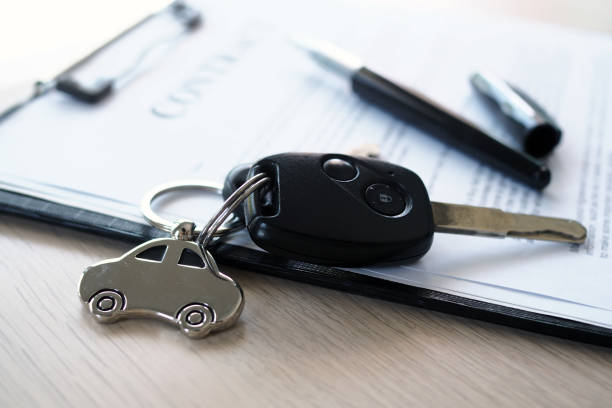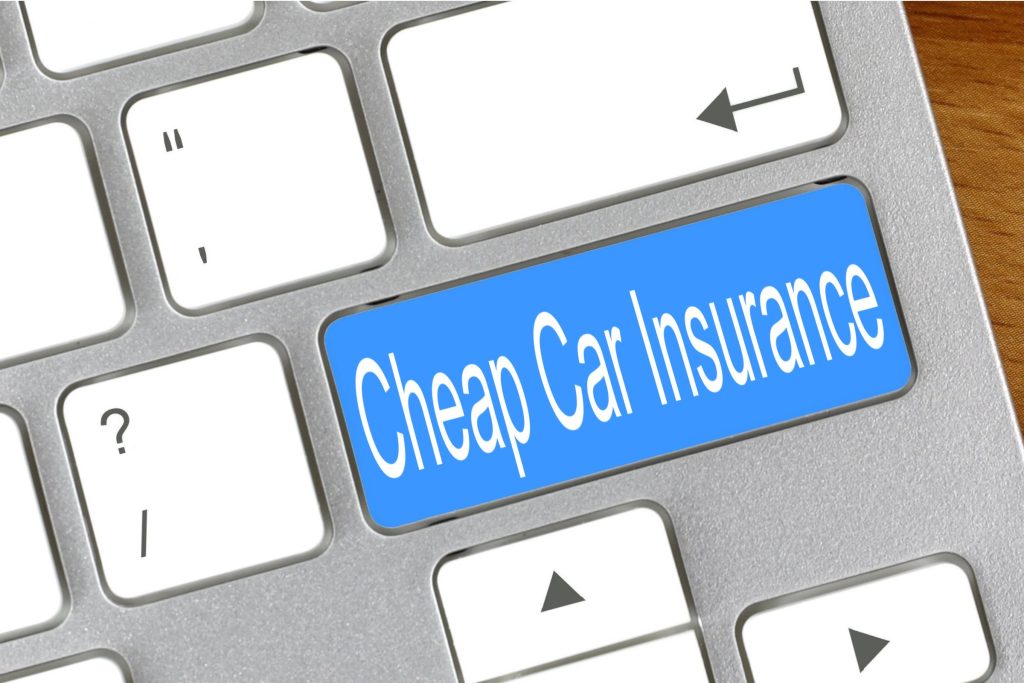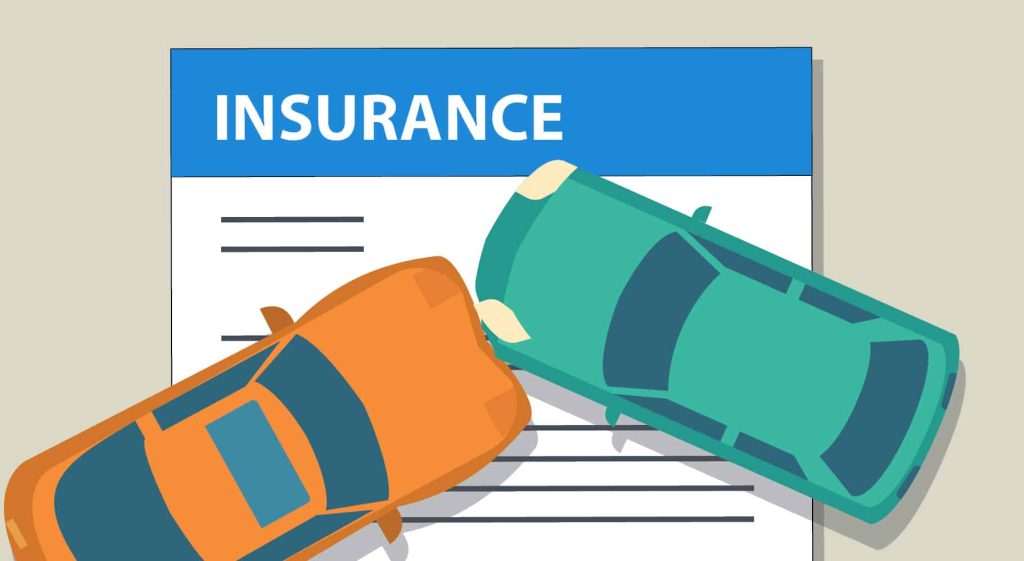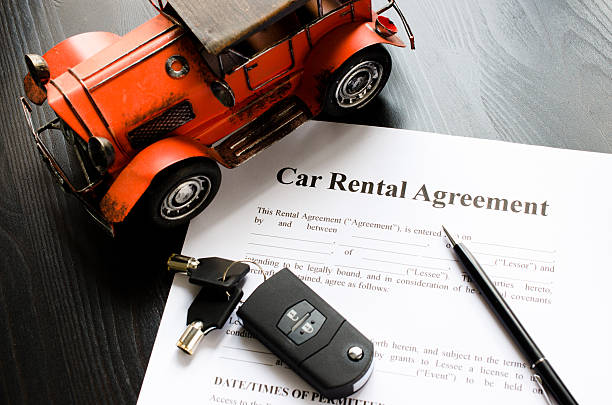Understanding Auto Insurance For Florida
Auto insurance is a crucial aspect of vehicle ownership, providing financial protection and peace of mind in case of accidents, theft, or other unforeseen events. In Florida, the auto insurance landscape has its own unique features and regulations that every driver needs to understand. This article provides an in-depth look at auto insurance in Florida, including the state’s specific requirements, coverage options, factors influencing premiums, and tips for finding the best policy.
The Basics of Auto Insurance in Florida
Florida’s auto insurance requirements and regulations are distinctive and reflect the state’s diverse driving environment. One of the first things to understand is Florida’s mandatory coverage requirements. Unlike many states, Florida operates under a no-fault insurance system, which significantly influences how auto insurance policies are structured and priced.
1. Understanding Florida’s No-Fault Insurance System
Florida is one of the few states that operates under a no-fault insurance system. This system is designed to reduce the number of lawsuits and expedite the payment of claims. In a no-fault system, each driver’s insurance covers their own injuries and damages, regardless of who was at fault in the accident. This means that even if you are responsible for an accident, your own insurance will pay for your injuries and damages, up to certain limits.
Under this system, drivers are required to carry Personal Injury Protection (PIP) coverage and Property Damage Liability (PDL) coverage. PIP coverage is designed to cover medical expenses, lost wages, and other related costs, while PDL coverage addresses damages to other people’s property. This no-fault approach aims to simplify the claims process and reduce litigation costs.
2. Mandatory Insurance Coverage Requirements
In Florida, drivers are legally required to carry specific types of auto insurance coverage. The minimum requirements include:
- Personal Injury Protection (PIP): Florida law mandates that drivers have at least $10,000 in PIP coverage. This coverage pays for medical expenses and lost wages resulting from an accident, regardless of who is at fault. PIP also covers a portion of the costs for passengers in your vehicle, though there are limits and conditions.
- Property Damage Liability (PDL): The state requires a minimum of $10,000 in PDL coverage. This insurance pays for damages you cause to other people’s property, such as their vehicles, buildings, or other structures. It does not cover your own vehicle’s damage.
While these are the minimum requirements, many drivers opt for additional coverage to provide better protection and avoid out-of-pocket expenses. Optional coverages, such as bodily injury liability and collision and comprehensive insurance, can offer more comprehensive protection.
3. Optional Coverage Types
In addition to the mandatory coverage, Florida drivers may choose to purchase optional coverage types to enhance their insurance protection. These include:
- Bodily Injury Liability (BIL): Although not required, BIL coverage is highly recommended. It pays for injuries or death caused to other people in an accident where you are at fault. The minimum recommended coverage is typically $10,000 per person and $20,000 per accident, but higher limits are available.
- Collision Coverage: This insurance covers damage to your vehicle resulting from a collision with another vehicle or object. It can be particularly valuable if you have a newer or more expensive vehicle.
- Comprehensive Coverage: Comprehensive insurance covers non-collision-related damage to your vehicle, such as theft, vandalism, natural disasters, or falling objects. It provides a broader range of protection compared to collision coverage.
- Uninsured/Underinsured Motorist Coverage: This coverage protects you if you’re in an accident with a driver who has insufficient insurance or no insurance at all. It helps cover medical expenses and other costs that the at-fault driver’s insurance cannot cover.
4. Additional Considerations for Florida Drivers
Florida’s unique driving environment and legal landscape can affect your insurance needs and premiums. Several factors should be considered when selecting an auto insurance policy in the state:
- Weather Conditions: Florida is known for its frequent severe weather, including hurricanes, heavy rains, and flooding. Comprehensive coverage can be crucial in protecting your vehicle from weather-related damages.
- High Traffic Volumes: Urban areas in Florida, such as Miami and Orlando, often experience heavy traffic, increasing the likelihood of accidents. Higher coverage limits and additional protections can be beneficial in densely populated areas.
- Insurance Fraud: Florida has faced challenges with insurance fraud, which can impact insurance rates. Be vigilant and work with reputable insurers to avoid potential fraud-related issues.
Commercial Auto Insurance Florida

Several factors influence the cost of auto insurance premiums in Florida. Understanding these factors can help you manage your insurance costs and find the best policy for your needs.
1. Driving History
Your driving history plays a significant role in determining your insurance premium. Drivers with a clean record, free of accidents and traffic violations, are generally considered lower risk and may qualify for lower premiums. Conversely, a history of accidents, speeding tickets, or other infractions can lead to higher insurance rates.
Insurance companies assess your risk based on your driving history, so maintaining a clean record is essential for keeping your premiums manageable. Consider taking a defensive driving course to demonstrate safe driving practices and potentially lower your insurance costs.
2. Vehicle Type and Usage
The type of vehicle you drive and how you use it can affect your insurance premiums. Factors such as the make, model, year, and safety features of your vehicle influence the cost of coverage. High-performance or luxury vehicles typically have higher insurance rates due to their increased repair and replacement costs.
Additionally, how you use your vehicle matters. For example, if you use your car for commuting long distances or as a rideshare vehicle, your insurance premium may be higher compared to a vehicle used primarily for personal errands.
3. Location
Where you live in Florida can impact your insurance premium. Urban areas with high traffic volumes and increased risk of accidents or theft generally result in higher premiums. Conversely, rural areas with less traffic and lower crime rates may have lower insurance costs.
Additionally, factors such as local weather conditions and the prevalence of uninsured drivers can influence your premium. In areas prone to severe weather or with a higher likelihood of uninsured motorists, you may need additional coverage or face higher rates.
4. Coverage Limits and Deductibles
The level of coverage you choose and your deductible amount can significantly affect your premium. Opting for higher coverage limits provides better protection but can increase your premium. Conversely, higher deductibles generally result in lower premiums, but you’ll need to pay more out of pocket in the event of a claim.
Consider your financial situation and risk tolerance when selecting coverage limits and deductibles. Striking the right balance between comprehensive coverage and affordability is crucial for managing your insurance costs.
5. Credit Score
In Florida, as in many other states, your credit score can influence your insurance premium. Insurers often use credit-based insurance scores to assess risk, with higher scores generally leading to lower premiums. Maintaining a good credit score can help you secure better rates and improve your overall insurance affordability.
How to Find the Best Auto Insurance Policy in Florida
Finding the best auto insurance policy in Florida involves several steps to ensure that you get the coverage you need at a competitive price. Here’s a comprehensive guide to help you through the process:
1. Assess Your Insurance Needs
Start by evaluating your insurance needs based on your driving habits, vehicle type, and financial situation. Consider factors such as the level of coverage you require, the potential risks you face, and your budget for insurance premiums. This assessment will help you determine the right balance between coverage and cost.
2. Gather Information
Collect all the necessary information to obtain accurate quotes from insurers. This includes your vehicle details, driving history, and personal information. Having this information ready will streamline the quote process and ensure that you receive precise estimates.
3. Use Online Comparison Tools
Online comparison tools are valuable resources for comparing auto insurance quotes from multiple providers. These tools allow you to input your information once and receive quotes from various insurers, making it easier to compare coverage options and pricing. Some popular comparison websites include:
- Compare.com
- The Zebra
- Insurance.com
- QuoteWizard
When using these tools, review the quotes carefully and consider the coverage options, policy limits, and additional features offered by each insurer.
4. Contact Insurers Directly
In addition to using comparison tools, consider contacting insurers directly to obtain quotes and explore their offerings. Many insurers have online quote tools on their websites, allowing you to customize your coverage and receive personalized estimates. Some well-known insurers in Florida include:
- Geico
- State Farm
- Progressive
- Allstate
By contacting insurers directly, you can also access detailed policy information, customer support resources, and potential discounts or promotions.
5. Review Customer Feedback
Customer reviews and ratings can provide valuable insights into the quality of service offered by different insurers. Look for reviews on comparison websites, insurance review sites, and social media platforms to gauge customer satisfaction and identify any potential issues.
Pay attention to feedback related to claims handling, customer service, and overall satisfaction. Positive reviews and high ratings can indicate a reliable insurer, while negative reviews may highlight areas of concern.
6. Evaluate Financial Stability
Assess the financial stability of each insurer by reviewing their ratings from independent rating agencies, such as A.M. Best, Moody’s, or Standard & Poor’s. These agencies evaluate insurers’ financial strength and ability to meet their claims obligations.
A financially stable insurer is more likely to provide reliable coverage and fulfill its claims commitments. Check the ratings of the insurers you’re considering to ensure that they have a strong financial foundation.
7. Finalize Your Policy
Once you’ve compared quotes, reviewed policy options, and assessed customer feedback and financial stability, choose the policy that best meets your needs and budget. Complete the application process through the insurer’s website or app, and review your policy documents carefully before finalizing the purchase.
Common Mistakes to Avoid When Buying Auto Insurance in Florida
1. Ignoring State Requirements
It’s essential to understand and comply with Florida’s mandatory insurance requirements. Failing to meet these requirements can result in penalties, fines, or legal consequences. Ensure that you have the minimum required coverage and consider additional options to provide comprehensive protection.
2. Overlooking Optional Coverage
While meeting the mandatory coverage requirements is crucial, don’t overlook the benefits of optional coverage types. Bodily injury liability, collision coverage, and comprehensive coverage can provide valuable protection and help you avoid significant out-of-pocket expenses.
3. Focusing Only on Price
While cost is an important factor, focusing solely on the lowest price can lead to inadequate coverage. Ensure that you’re getting the right coverage for your needs, even if it means paying slightly more. Consider factors such as coverage limits, deductibles, and additional features when evaluating policies.
4. Neglecting to Review Policy Details
Carefully review the terms and conditions of each policy before making a purchase. Pay attention to coverage limits, exclusions, and any additional features or benefits. Overlooking policy details can result in unexpected gaps in coverage or additional costs.
5. Failing to Update Your Policy
If you make changes to your vehicle, driving habits, or personal information, update your policy accordingly. Failing to provide accurate and up-to-date information can impact your coverage and premium. Regularly review and update your policy to reflect any changes.
Conclusion
Auto insurance in Florida involves unique requirements and considerations that drivers must navigate to ensure they have the right coverage. Understanding the no-fault insurance system, mandatory coverage requirements, and optional coverage types is essential for making informed decisions. Factors such as driving history, vehicle type, location, and credit score influence insurance premiums, and using online tools and direct insurer contact can help you find the best policy.
By assessing your insurance needs, gathering accurate information, and comparing quotes from multiple providers, you can secure a policy that offers comprehensive protection and value. Avoid common mistakes by understanding state requirements, reviewing policy details, and keeping your information up to date. With the right approach, you can navigate the Florida auto insurance landscape effectively and ensure you have the coverage you need for peace of mind on the road.






